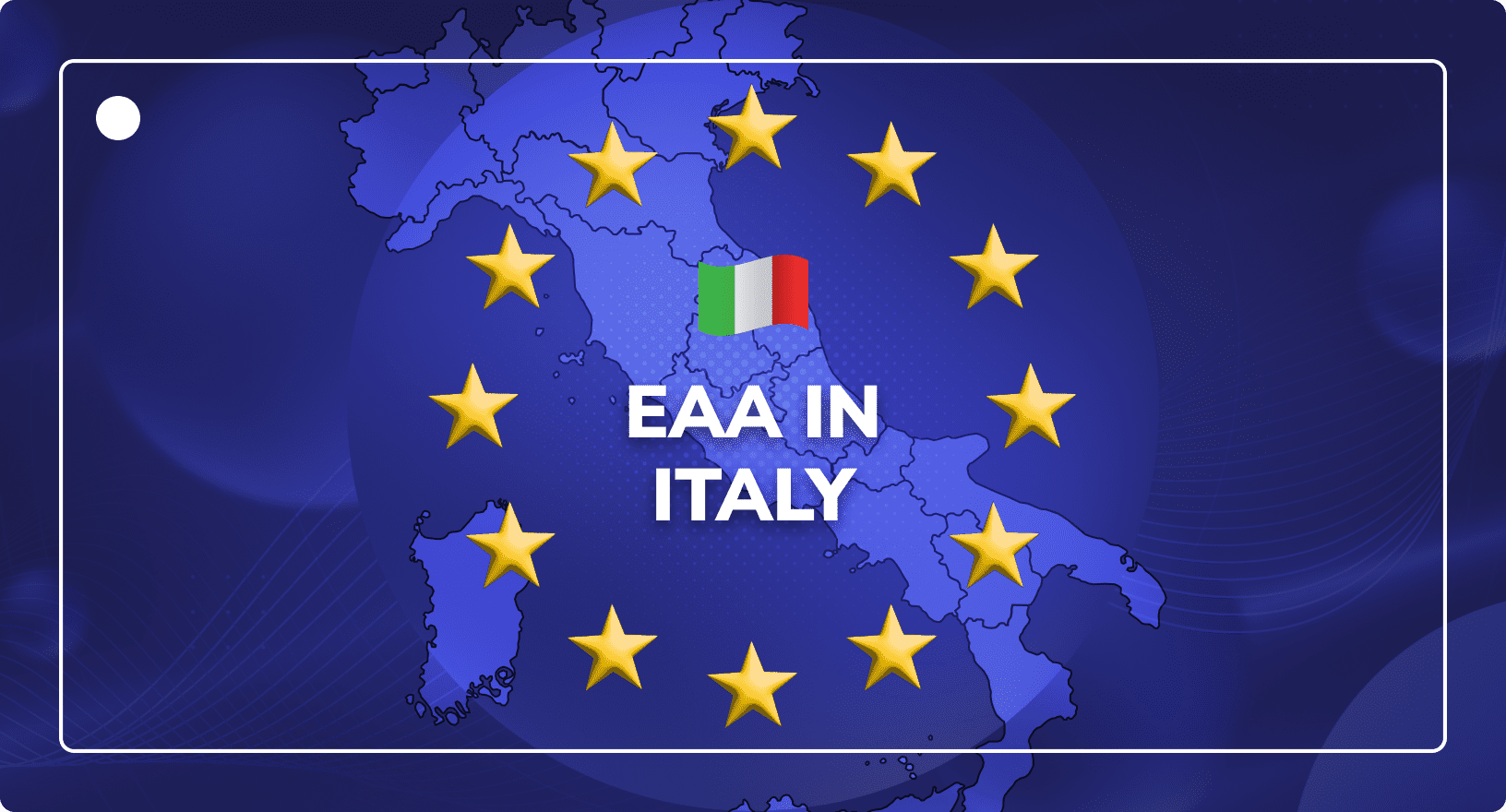eCommerce Digital Asset Management: The Hidden Engine Behind Conversion and Compliance
Digital Asset Management
Updated on October 28, 2025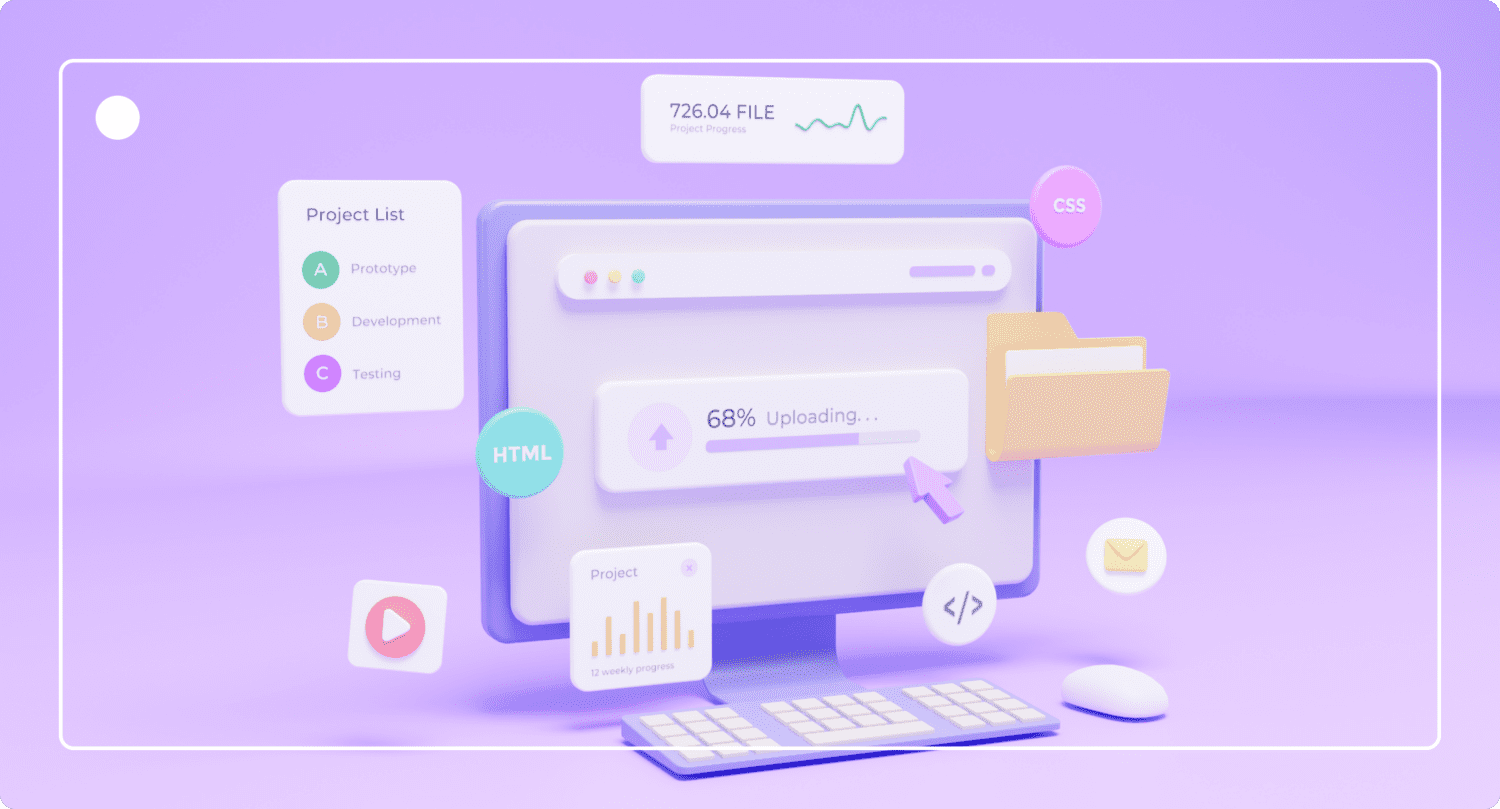
In modern eCommerce, every image, video, and 3D model is a sales asset. Yet most brands and retailers still manage digital assets in silos, resulting in slow launches, inconsistencies, and drained resources.
Customers expect rich product media. Retailers demand accuracy and speed. Compliance requirements, like the European Accessibility Act (EAA), are tightening. But traditional file storage or content management systems simply can’t handle the volume, variety, and velocity of today’s eCommerce content operations.
That’s where eCommerce digital asset management (DAM) becomes essential. Instead of thinking about DAM as storage, think of it as the infrastructure that powers your entire product experience and digital content.
What eCommerce Digital Asset Management Really Means Today
A digital asset management system is no longer just a place to store digital files. In eCommerce, it’s the operational core of how you create, manage, and distribute media assets across multiple channels.
An eCommerce DAM solution connects your creative teams, brand managers, and retail partners, ensuring that only authorized users have secure access to approved assets. It provides version control, metadata management, and automation to streamline collaboration and prevent unauthorised usage.
Key differences from traditional DAM
- Speed and scale: Handle thousands of product images and videos automatically.
- Automation: Distribute assets across retailers without manual uploads.
- Compliance: Keep all your digital assets EAA-ready.
- Integration: Sync with PIMs, CMSs, and content delivery networks.
Solutions like the Brand Channel combine DAM software with syndication technology turning digital asset management into an always-on delivery engine for product media.

Looking for an E-Commerce DAM Provider? Download Our Free Playbook!
Free Download NowThe Anatomy of Modern Digital Asset Management Software
Modern digital asset management software goes beyond file storage; it’s a full software solution built to handle every aspect of asset creation, collaboration, and distribution.
eCommerce businesses today deal with thousands of digital files, from product images and audio files to visual content like 3D models and explainer videos. Without a structured DAM system, these assets live in disconnected drives, making it difficult to manage digital assets effectively.
A comprehensive digital asset management system supports a wide range of file formats and media formats, ensuring that every creative output is easy to find, reuse, and distribute. It also prevents unauthorized usage and sets user permissions to protect intellectual property.
When you consolidate all your digital assets into a single, searchable repository, you create a foundation for scale. This enables your marketing teams to produce stunning visuals, reuse marketing assets efficiently, and maintain full version control over your history and approvals.
When combined with integrations to content management systems and e-Commerce platforms, this infrastructure allows you to distribute visual assets faster, more accurately, and at lower operational cost.
The Hidden Cost of Missing Product Media
Every second your product pages lack high-quality visuals, you’re losing conversions.
Studies show that a one-second delay in page load time can cut conversions by up to 7%. Missing or outdated product images and videos also cause shoppers to bounce, and retailers to deprioritise your listings.
Most eCommerce businesses underestimate how much money they lose due to scattered or incomplete product assets.
A robust DAM system prevents this by:
- Acting as a single source of truth for all brand assets.
- Automating the upload, tagging, and distribution of relevant assets.
- Maintaining brand consistency across every product detail page (PDP).
Instead of chasing files across email chains and drives, teams use DAM tools to manage assets once and share digital assets everywhere, with version control allowing your shoppers to always see the best iteration of your content.
If your team spends more time searching for files than creating marketing materials, it’s a clear sign your current workflow is costing revenue.
Building the eCommerce DAM Stack
A modern eCommerce DAM platform sits at the centre of your marketing technology ecosystem. It connects with other tools to create a seamless flow from content creation to product experience.
Typical eCommerce DAM Stack
- PIM system: Manages product information and metadata.
- DAM software: Stores, organises, and distributes digital assets.
- Syndication layer: Pushes assets to retailer PDPs automatically.
- CDN: Ensures instant media delivery worldwide.
With the right DAM solution, you can manage digital assets, automate repetitive tasks, and eliminate redundant tools. Headless DAM options (those accessible via API) make it easy to plug into other systems like Adobe Creative Cloud or content management systems.
When evaluating DAM providers, look for:
- Flexible metadata and tagging systems.
- Bulk upload and automated approval processes.
- Product media support, including videos and 3D files.
- Cloud storage for multiple users with user permissions.
The best digital asset management solutions turn content chaos into a well-oiled supply chain; one that keeps every stakeholder aligned and your PDPs always up-to-date.

Empowering Creative Teams and Marketing Workflows
For most brands, creative teams are at the heart of content production. But without a unified DAM solution, project delays, duplicate files, and missed deadlines are inevitable.
A connected dam system centralises every step of the creative lifecycle, from asset creation to approval, helping marketing and design teams collaborate without friction. Using built-in collaboration tools, teams can comment, tag assets, and approve files in real time.
Automated project workflows and bulk upload capabilities simplify asset intake, while creative tools integrations (like Adobe Creative Cloud) keep designers working within familiar environments. The result is faster campaigns, fewer bottlenecks, and more consistent creative output.
By aligning marketing campaigns with the DAM, you ensure that every asset from hero banners to PDP imagery is always on-brand and up to date. This synergy between creativity and technology enables marketing teams to launch faster and adapt content across multiple channels without compromising quality.
Why Product Experience Is the New SEO
Search isn’t just about keywords anymore. It’s about product experience. Google’s retail SERP results now prioritise listings with complete, media-rich content.
That means your digital assets don’t just support conversions. They also affect visibility.
A fast, visually consistent product gallery signals trust and relevance to both users and algorithms.
A digital asset management solution helps ensure:
- All product media is optimised for device and bandwidth.
- Your rich media loads instantly through a multi-CDN setup.
- Each file version is automatically resized and compressed.
This combination of media quality and performance turns DAM into a ranking factor. In practice, DemoUp Cliplister’s dynamic image delivery technology does exactly this: optimising your visuals at scale to ensure every visitor sees high-quality visuals instantly.
If you care about SEO, you need a DAM system built for eCommerce, not just a cloud folder.
EAA Compliance: The Ticking Clock for Brands and Retailers
From June 2025, the European Accessibility Act requires all new product videos to meet accessibility standards. This includes subtitles, transcripts, and accessible controls.
For most brands and retailers, this will be a monumental challenge. Manually checking every video for compliance simply isn’t scalable.
Modern digital asset management systems simplify this by:
- Managing compliance metadata directly in the DAM.
- Assigning expiry dates or region-based usage rights.
- Preventing unauthorised usage of outdated media.
- Allowing users to audit asset accessibility quickly.
For retailers, this ensures that every asset displayed on PDPs is compliant. For brands, it eliminates legal and operational risks while maintaining brand consistency.
eCommerce DAM software turns compliance from a headache into a process, making accessibility as automated as publishing.
If you’re still managing product videos manually, you risk fines now that the deadline has passed.
Creating a Content Supply Chain That Never Breaks
In many ways, eCommerce asset management mirrors logistics. Your content needs to move smoothly from creator to retailer to customer, just like products in a warehouse.
A DAM system is the digital equivalent of that warehouse. It stores assets, tags them for retrieval, and delivers them automatically to where they’re needed.
When a brand updates product images, videos, or other digital assets in its DAM, those changes should appear instantly across every retailer channel.
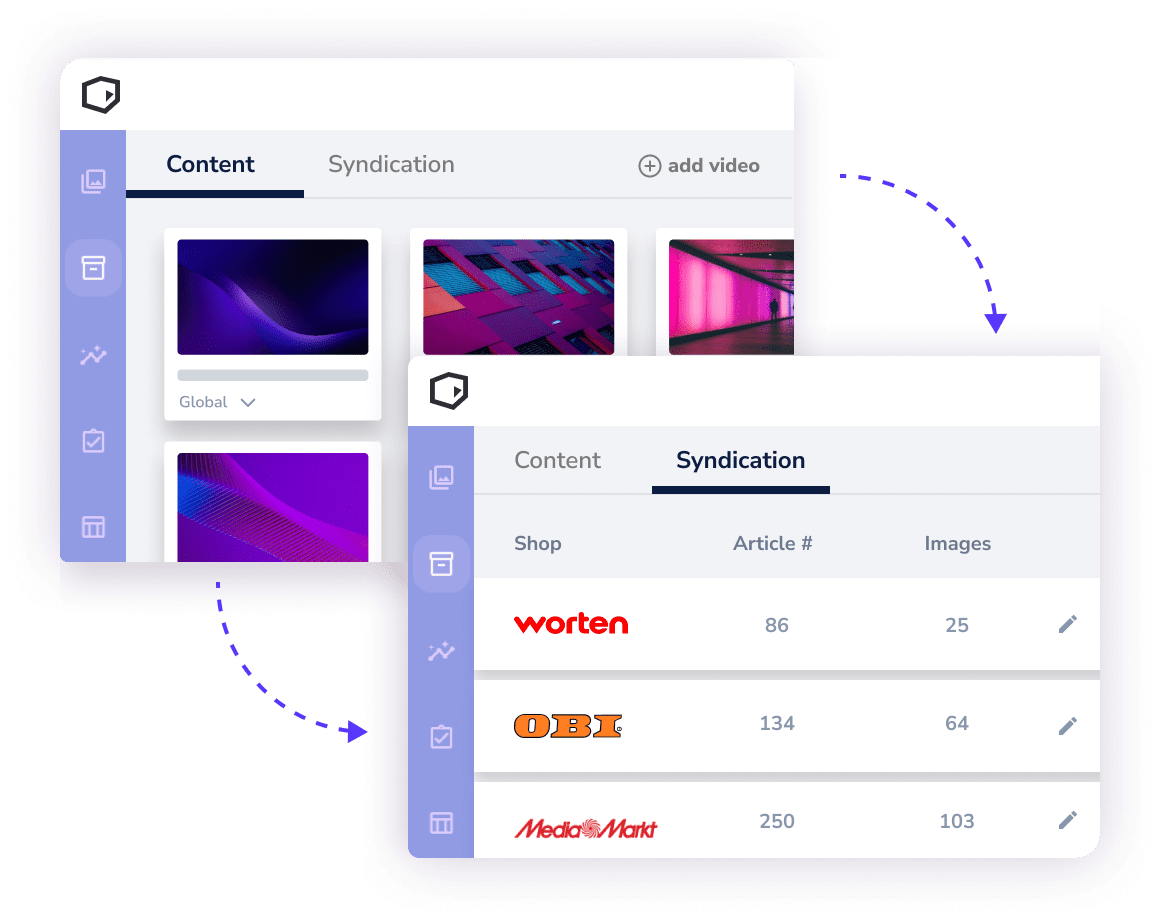
Without a connected DAM platform, that flow breaks, leading to outdated media, compliance issues, and missed conversions.
By integrating DAM software with syndication, brands can:
- Eliminate manual uploads.
- Ensure real-time content accuracy.
- Measure asset performance across channels.
Retailers, in turn, benefit from consistent, high-performing PDPs that reduce returns and increase shopper trust.
This is where solutions like DemoUp Cliplister redefine asset management and turn digital asset delivery into a frictionless, automated supply chain for eCommerce businesses.
How DAM Software Improves Brand Management and Consistency
Brand identity is one of your most valuable assets, and inconsistent visuals or outdated product images erode trust instantly.
A digital asset management solution helps marketing teams maintain brand consistency by storing and tagging brand assets, templates, and brand guidelines in one location, like a content hub. Whether your business operates across regions or with several users, your teams can access approved, ready-to-use content quickly.
For eCommerce businesses, brand management means more than design. It involves ensuring that every asset, across digital channels, supports a consistent brand image. A reliable dam software enforces user permissions and usage rights, ensuring only authorised users can publish content.
This governance protects your intellectual property, prevents unauthorized usage, and allows marketing and creative teams to focus on impact instead of compliance. In other words, a DAM turns business operations around content into an automated, auditable process, giving you full control while enabling creative freedom.
Advanced Features: From Metadata to Multi-Channel Delivery
The most powerful digital asset management solutions combine scalability with intelligence. Advanced metadata management allows you to tag assets based on categories, campaigns, or relevant stakeholders, making it easy to search, filter, and reuse content.
Some DAM providers also support smart file sharing and automatic asset tagging with AI, which saves hours of manual work. These systems also handle a broad range of file types and media assets, ensuring full compatibility across creative and retail ecosystems.
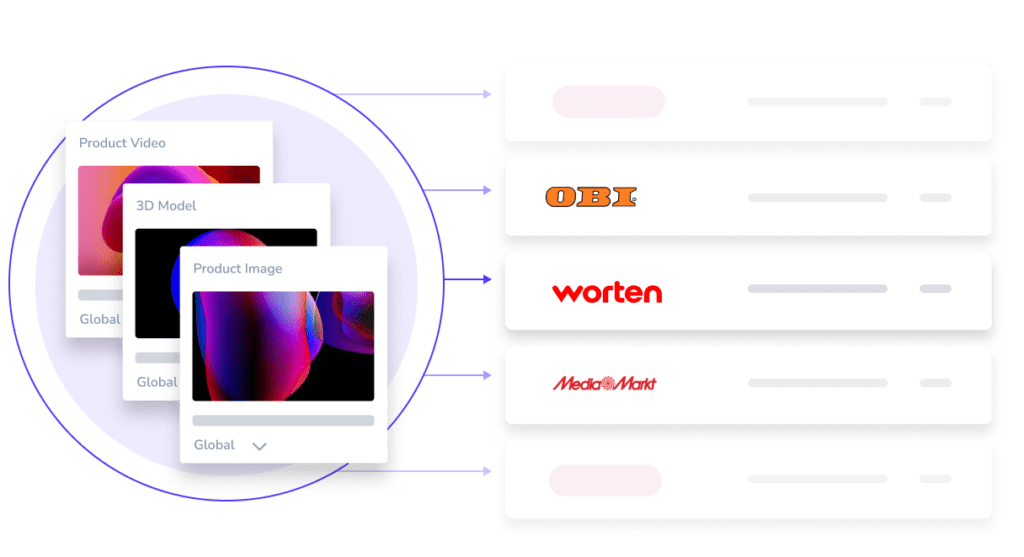
When connected to content management systems, eCommerce platforms, and mobile apps, DAM software enables marketing teams to publish digital content across channels with zero redundancy.
This multi-channel capability ensures rich media experiences across PDPs, social media, and email campaigns, helping you deliver specific assets to the right audiences faster.
Ultimately, modern DAM systems don’t just store files but distribute assets, automate delivery, and keep your brand consistent everywhere your customers shop.
How to Choose a Future-Proof eCommerce DAM
Not all digital asset management tools are built for the demands of eCommerce. Here’s what to prioritise when selecting your next DAM solution:
- Integration: Works seamlessly with PIM, CMS, and eCommerce platforms.
- Scalability: Supports thousands of digital assets and users.
- Automation: Reduces manual asset uploads and tagging.
- Security: Offers encrypted, cloud-based storage with strict access control.
- Analytics: Tracks asset usage and performance.
- Compliance: Manages region-specific rights and accessibility requirements.
Modern DAMs should offer APIs, creative tool integrations, and flexible approval workflows. If your business relies heavily on visual content and multi-channel marketing, prioritise headless, API-first DAM platforms that allow full automation.
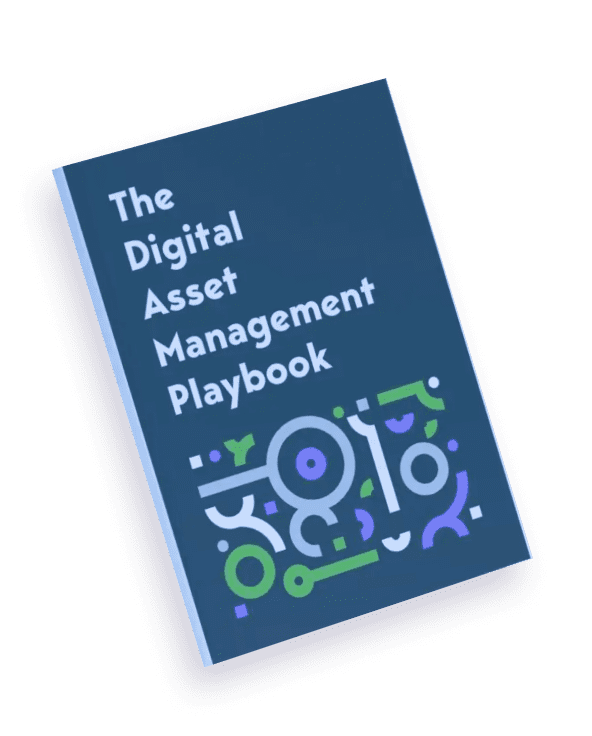
Looking for an E-Commerce DAM Provider? Download Our Free Playbook!
Free Download NowWhy Rich Media and Multi-Format Assets Drive eCommerce Success
In eCommerce, variety is power. Modern shoppers engage with rich media (meaning high-resolution images, videos, audio files, and 3D content) to make informed purchasing decisions. Each of these digital assets requires careful management, compression, and optimisation to perform well across devices.
A dedicated digital asset management (DAM) platform gives your team the ability to handle diverse file types and digital formats without compromising quality. It ensures you can share digital assets across all relevant channels, from PDPs to social media platforms and mobile apps.
With built-in cloud storage, your creative teams and agencies can collaborate across locations, maintaining brand consistency and fast asset access. The ability to tag, repurpose, and distribute media instantly means you can support campaigns, seasonal launches, and cross-border rollouts effortlessly.
As customers expect immersive, media-rich shopping experiences, an eCommerce DAM system becomes essential to creating visually engaging marketing campaigns that drive conversions, while protecting brand identity and ensuring compliance across every touchpoint.
Conclusion: Your Digital Assets Are Inventory
In eCommerce, every product image, video, and 3D model is inventory. Managing them poorly creates the same problems as a broken supply chain: lost sales, slow delivery, and unhappy customers.
An eCommerce digital asset management (DAM) system shouldn’t be a simple file storage system, but a revenue engine that drives your brand’s presence across digital channels.
When your assets are centralised, compliant, and instantly distributable, your teams can focus on creativity and conversion instead of admin and rework.
If you’re ready to see how automated asset delivery can simplify your product content workflows, request a personalised demo of DemoUp Cliplister today.

Frequently Asked Questions
If you still have questions reqlated to eCommerce digital asset management, the FAQs below are taken from real life conversations with our customers.
Digital asset management in eCommerce involves organising, storing, and retrieving digital files efficiently. It streamlines the management of product images, videos, and other content, ensuring a seamless and organised workflow for online businesses.
Digital asset management in eCommerce enhances efficiency by centralising and organising multimedia content. It accelerates content retrieval, ensures brand consistency, and facilitates collaborative workflows, leading to improved customer experiences and operational effectiveness.
Select an eCommerce digital asset management solution based on scalability, user-friendliness, metadata capabilities, version control, and integration with other tools. Ensure it aligns with your business needs, supporting seamless content creation, management, and distribution.
Manage digital assets in eCommerce by organising files logically, implementing metadata tagging, version control, and ensuring a user-friendly interface. Utilise digital asset management systems to streamline workflows, making it easy to access, share, and update multimedia content effectively.
Consider implementing an e-commerce digital asset management system if you face challenges in organising, accessing, or sharing digital content. Signs include content disorganisation, slow retrieval times, and difficulties maintaining brand consistency. An effective system enhances workflow efficiency and content management.
Better Content. More Sales.

Fill out the form to discover our end-to-end eCommerce content solutions for brands & shops




